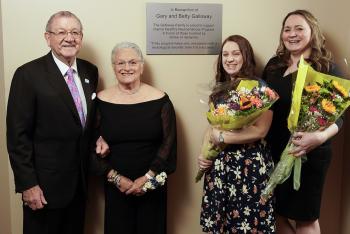Inspira cardiologist explains heartburn: symptoms, treatment options & when to see a doctor. Learn...
Read More
You might be familiar with the symptoms of a heart attack, but what about a brain attack?

More commonly known as a stroke, these incidents happen when a blood clot or blockage prevents blood from reaching the brain, resulting in a lack of oxygen and loss of brain activity.
If not caught quickly, strokes can lead to permanent brain damage or death. In fact, strokes are one of the top five causes of death and disability in the United States annually. However, positive outcomes are possible with prompt treatment.
When someone is experiencing a stroke, time is of the essence. Seconds matter for effective treatment and maximizing the chance for a full recovery, and knowing the signs of a stroke often means a faster response time.
If someone you know is at an increased risk of stroke or you suspect they have just experienced one, remember FAST: face, arms, speech and time.
Other symptoms of stroke include sudden, unexplained headache, blurred vision, confusion, numbness on one side of the body, dizziness and difficulty moving or communicating.
After calling 9-1-1, it’s important to stay with the person and ensure that they continue breathing. If they are conscious, provide a comforting presence and be sure to keep them from moving, drinking or eating until emergency personnel arrive.

Inspira cardiologist explains heartburn: symptoms, treatment options & when to see a doctor. Learn...
Read More
Inspira Health proudly recognizes the philanthropy of Gary and Betty Galloway of Vineland, N.J...
Read More
The recent outbreak of highly contagious Measles among children in the Philadelphia area highlights...
Read More
The material set forth in this site in no way seeks to diagnose or treat illness or to serve as a substitute for professional medical care. Please speak with your health care provider if you have a health concern or if you are considering adopting any exercise program or dietary guidelines. For permission to reprint any portion of this website or to be removed from a notification list, please contact us at (856) 537-6772